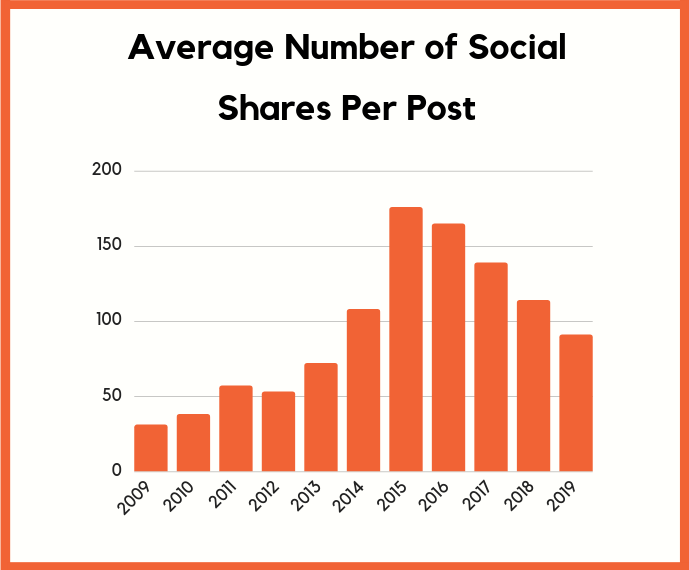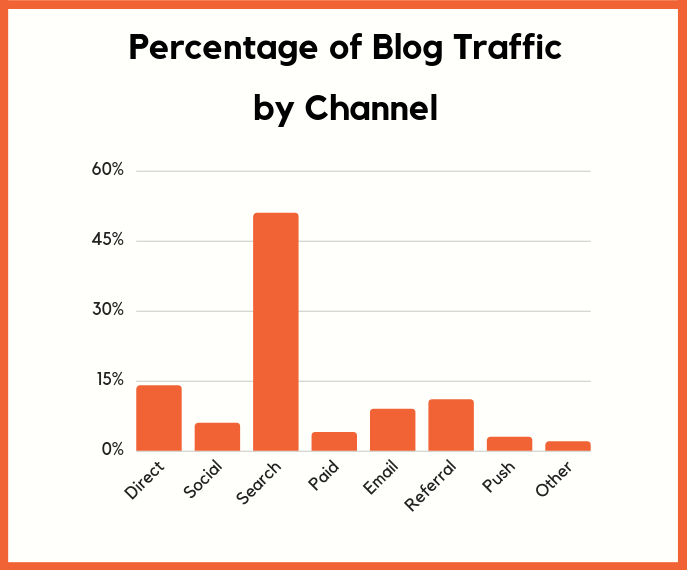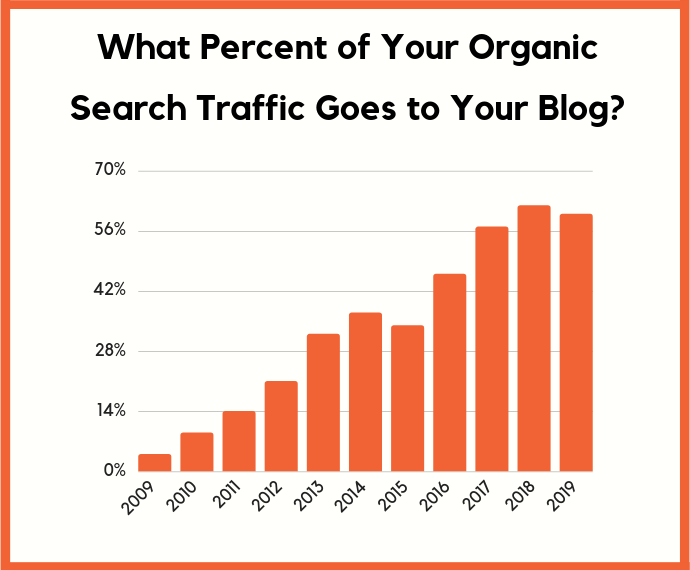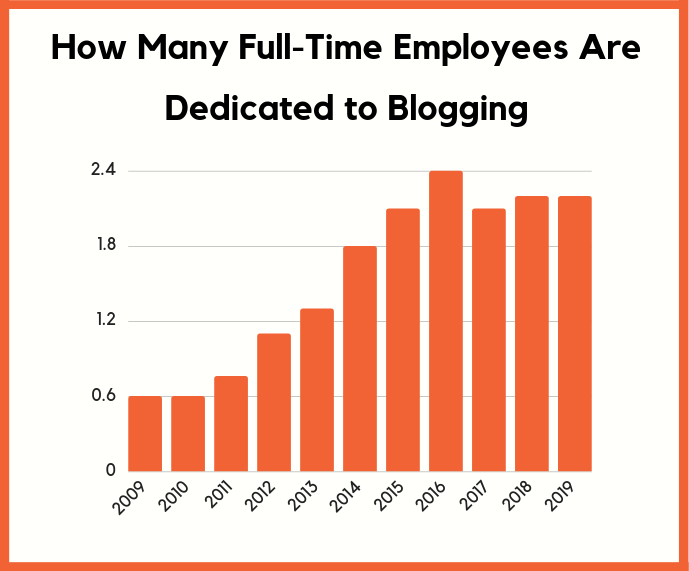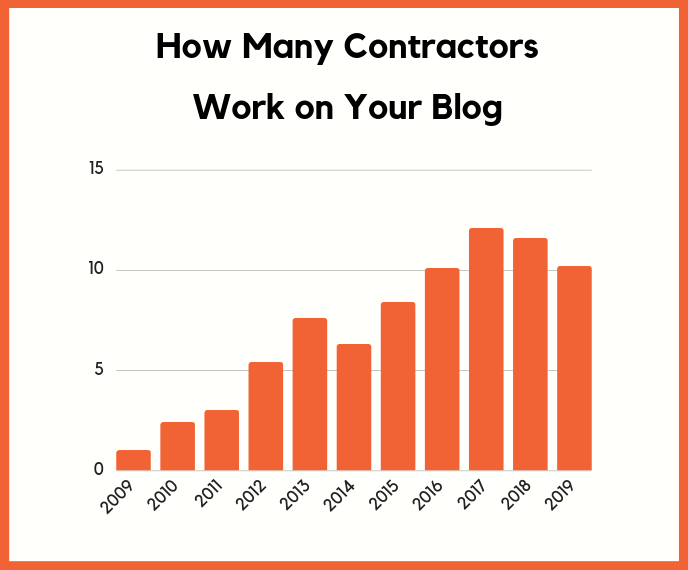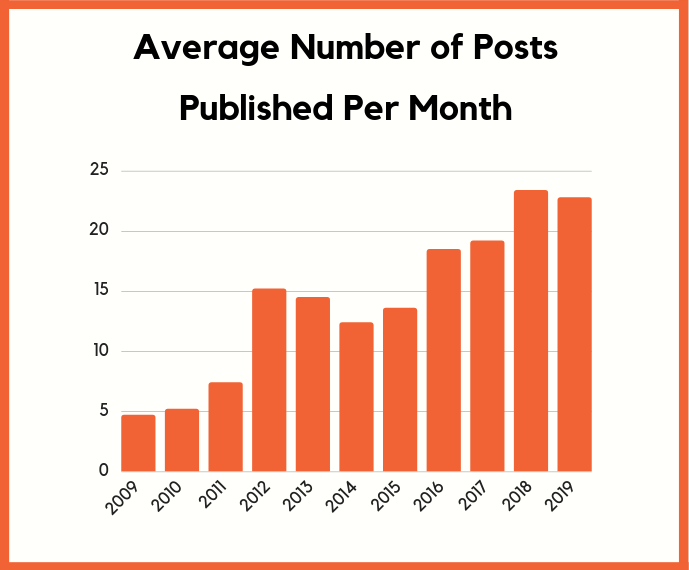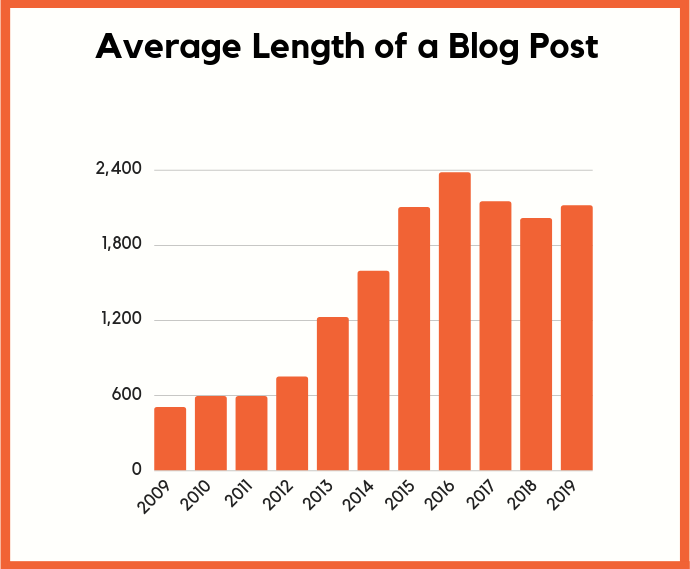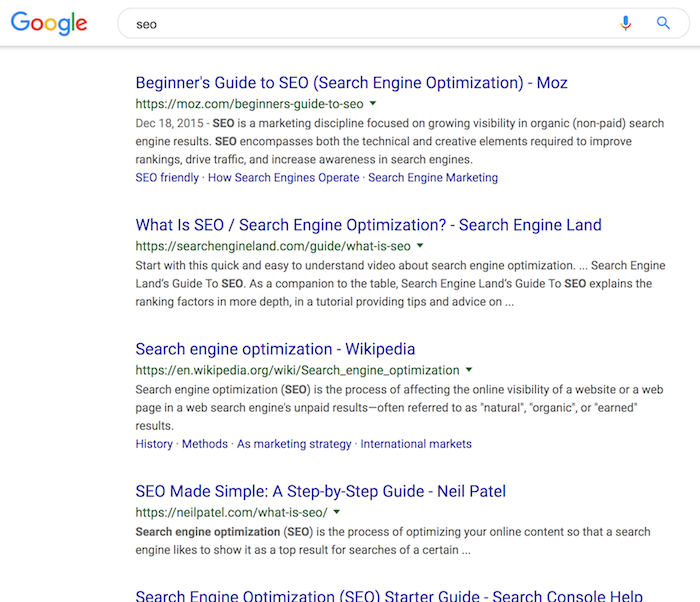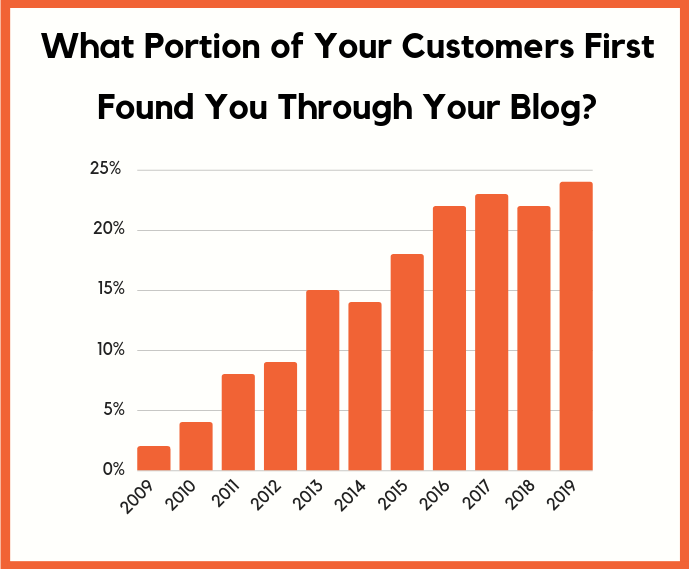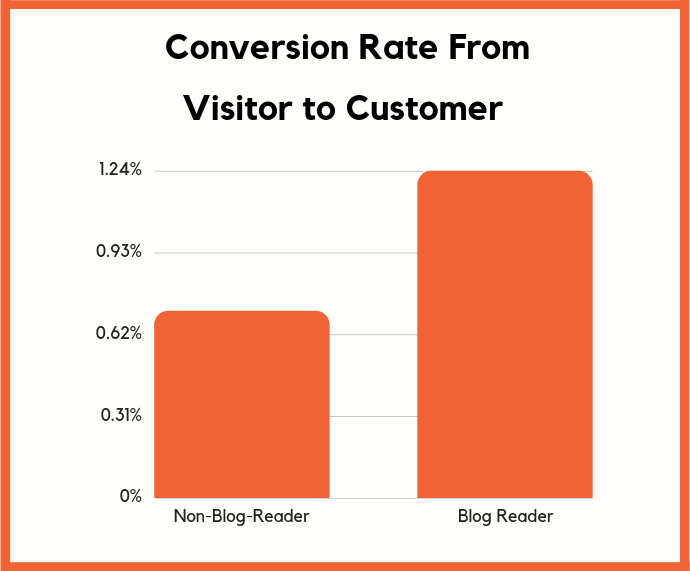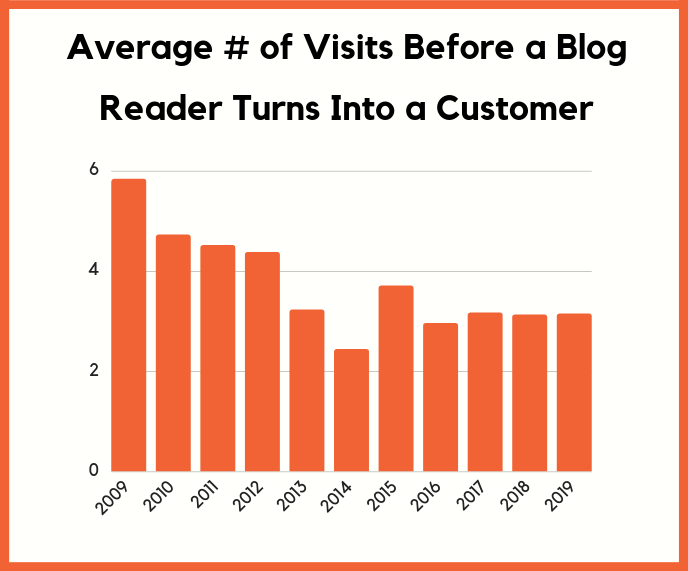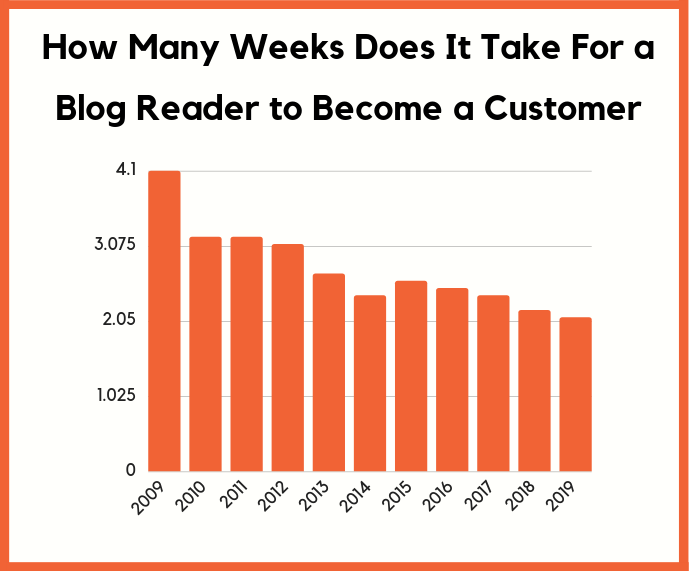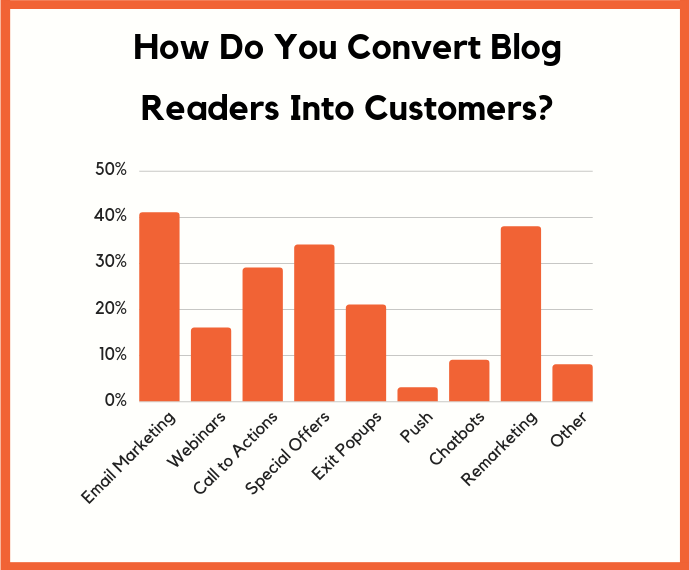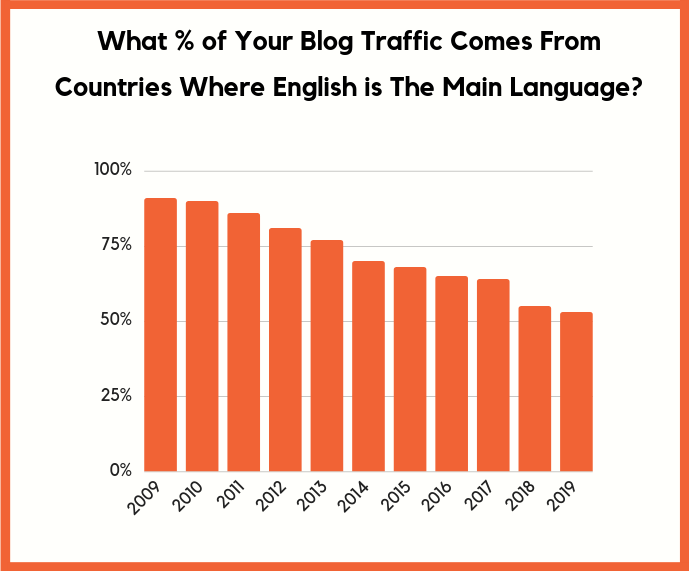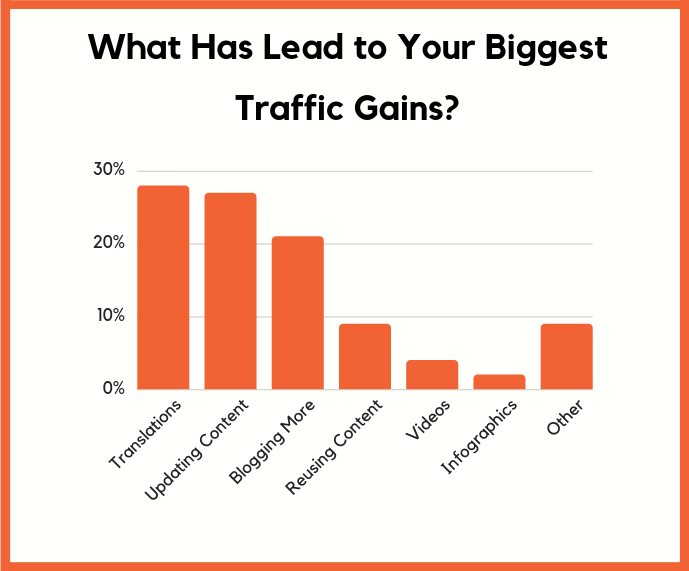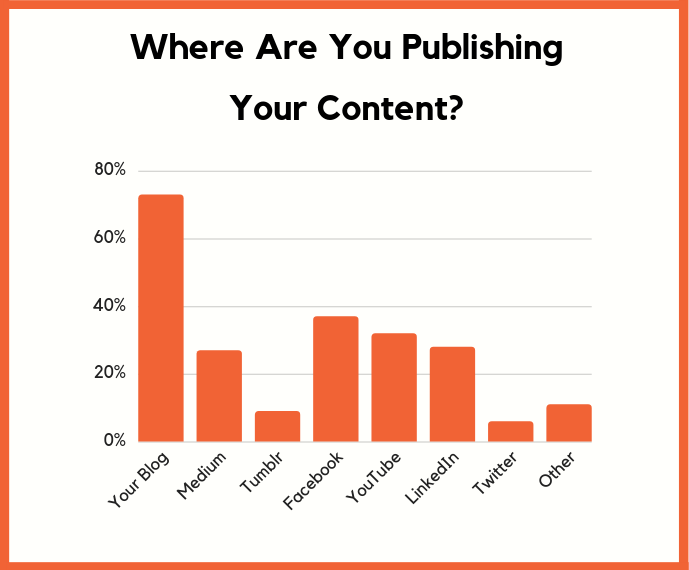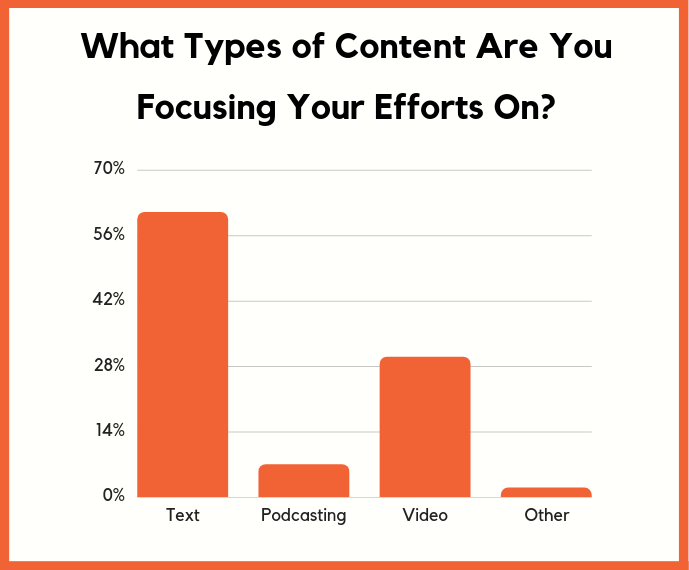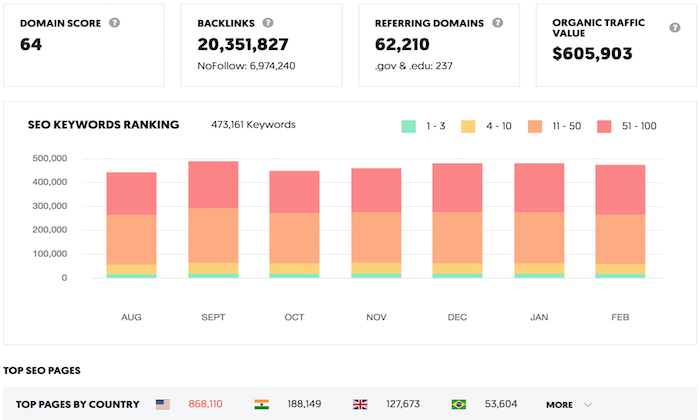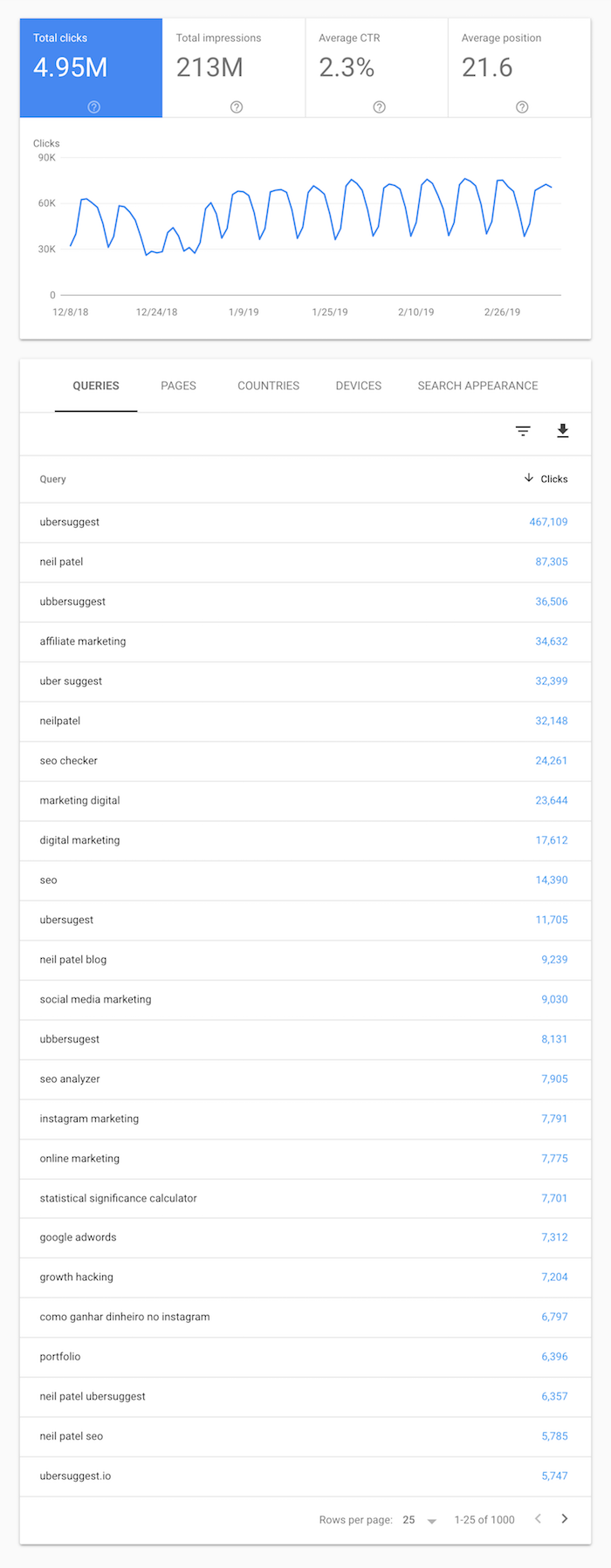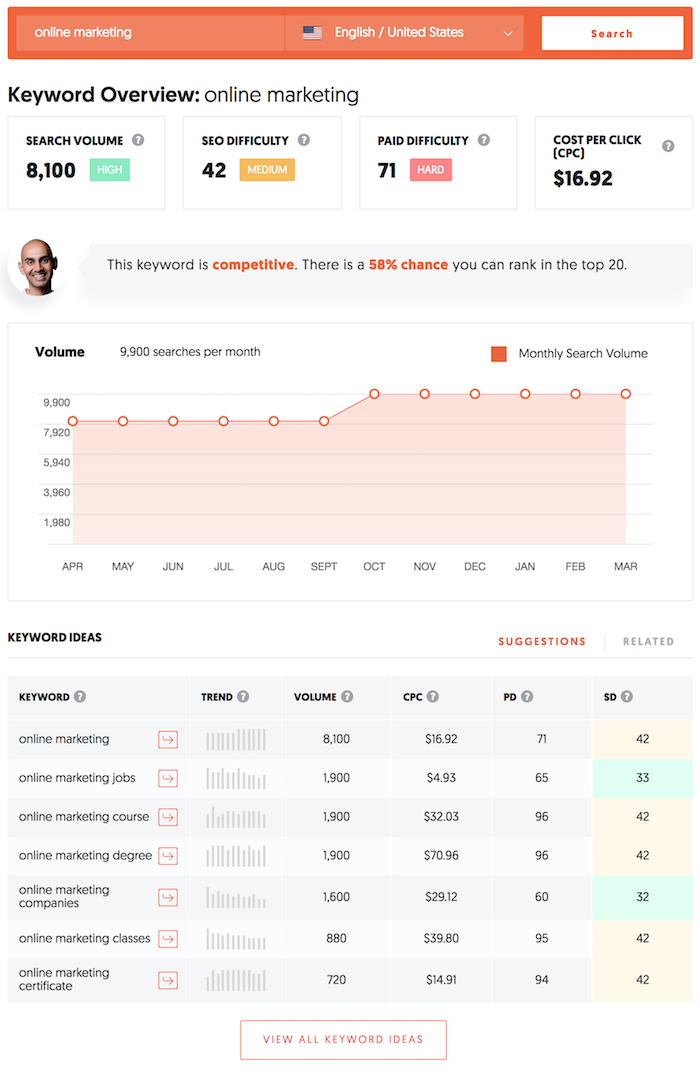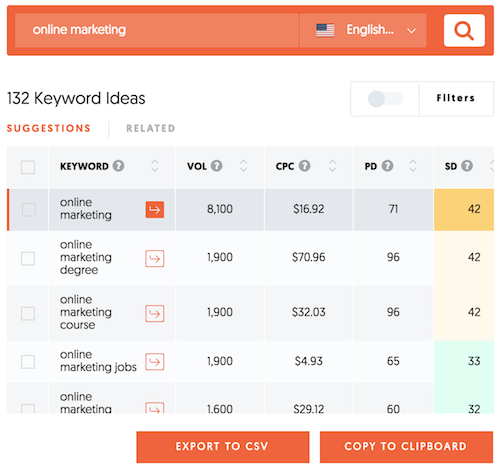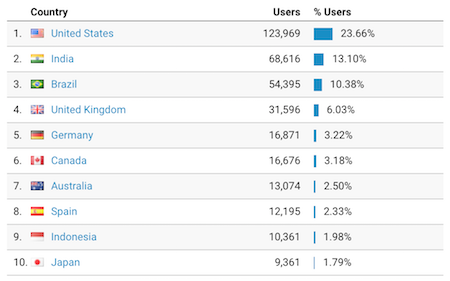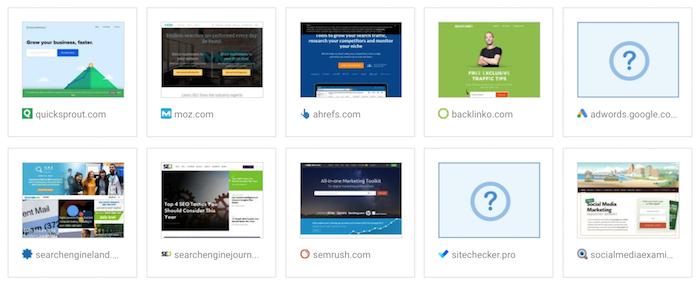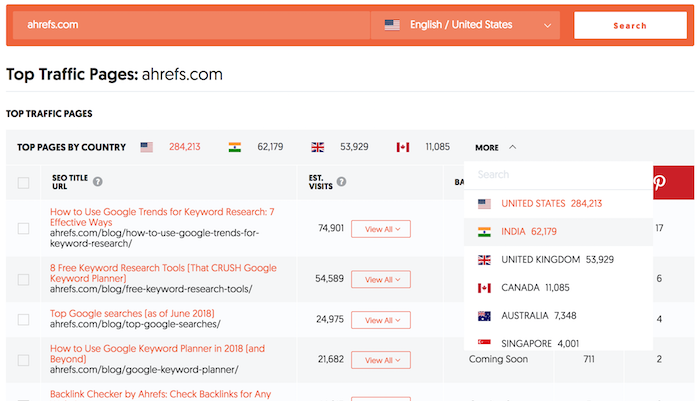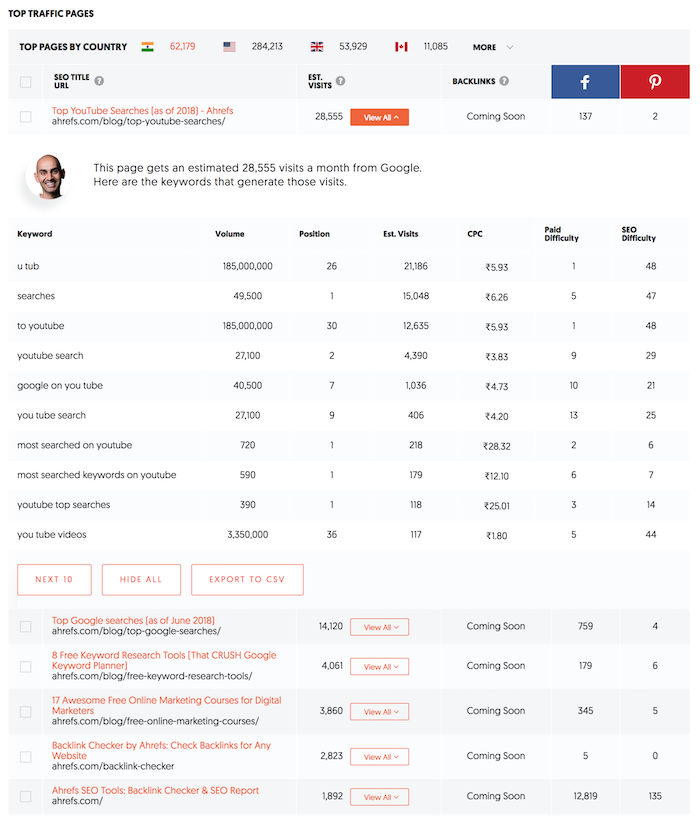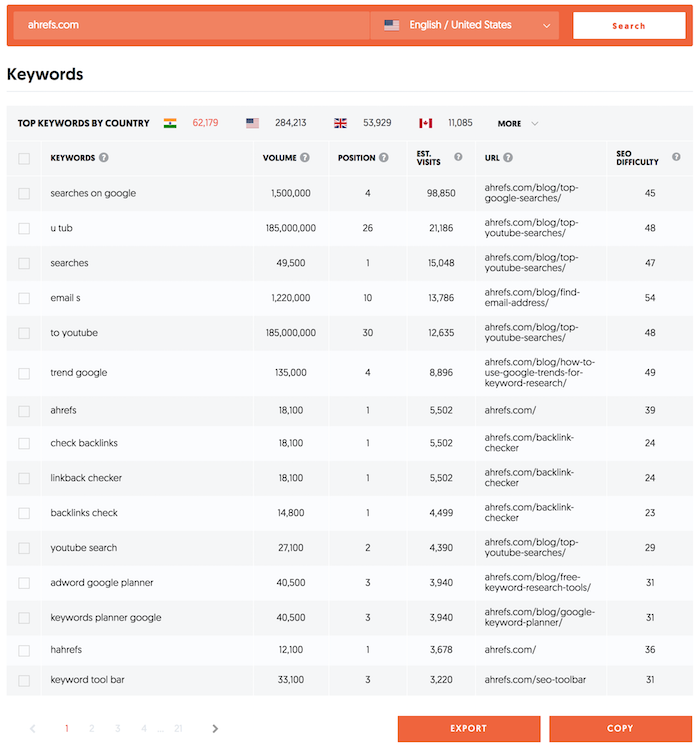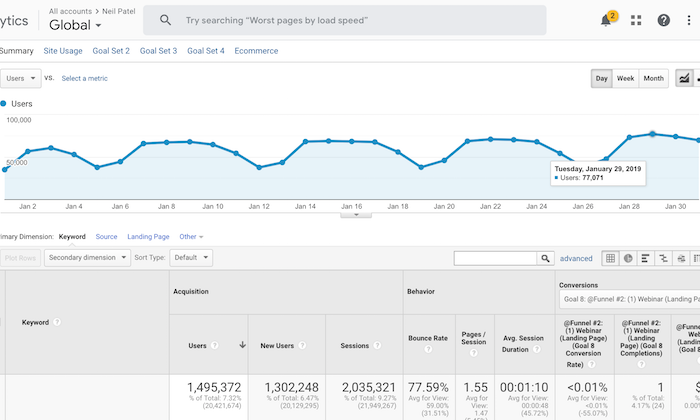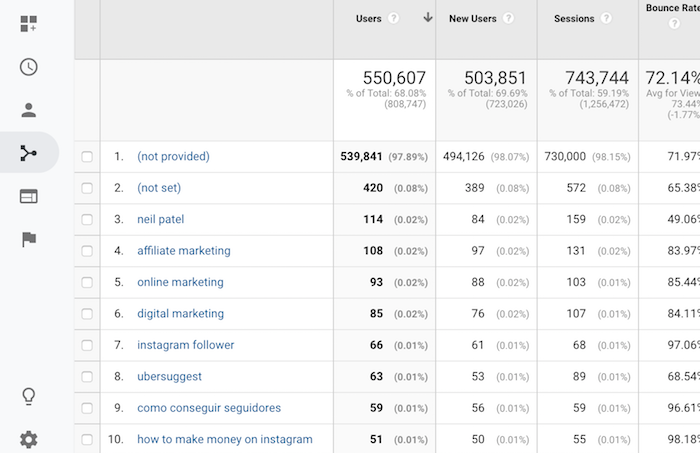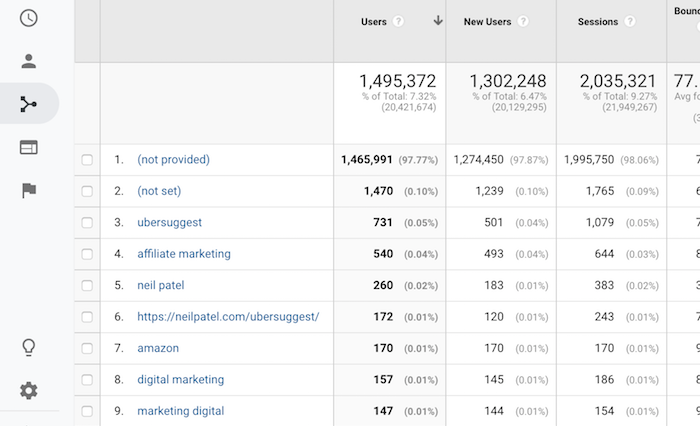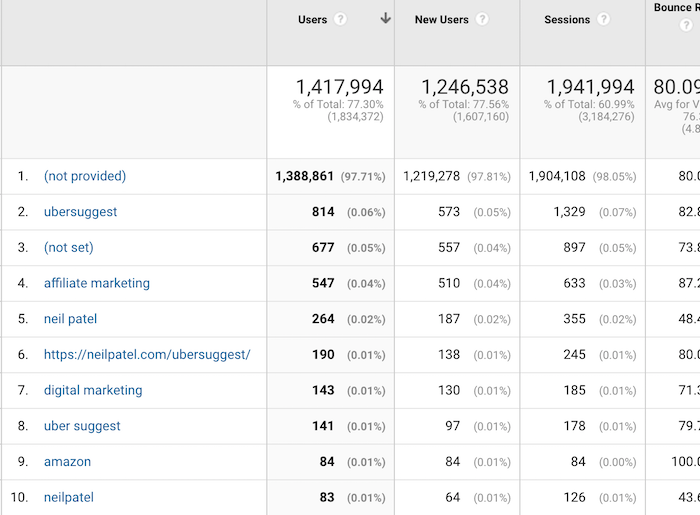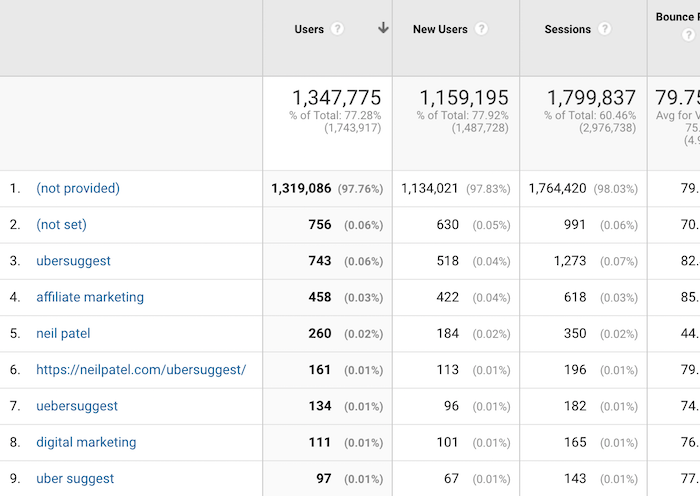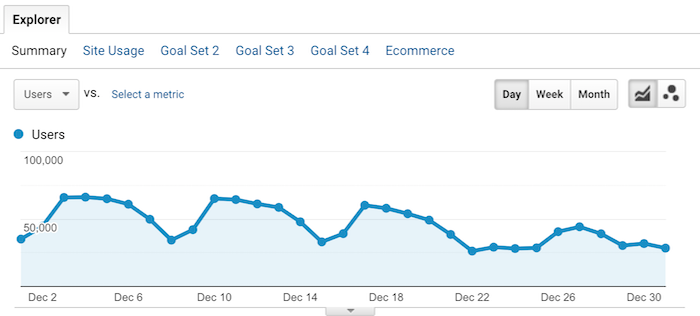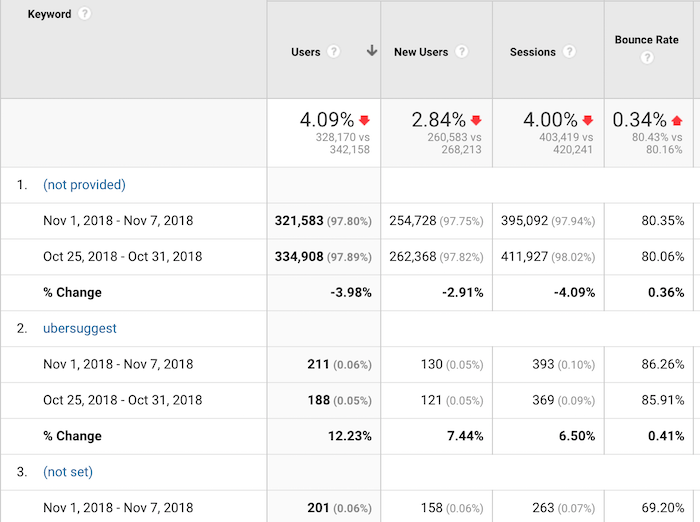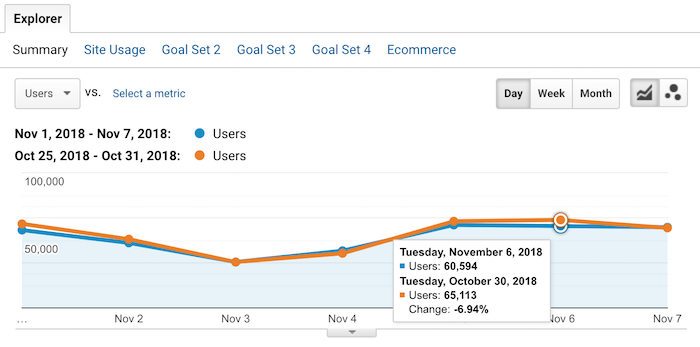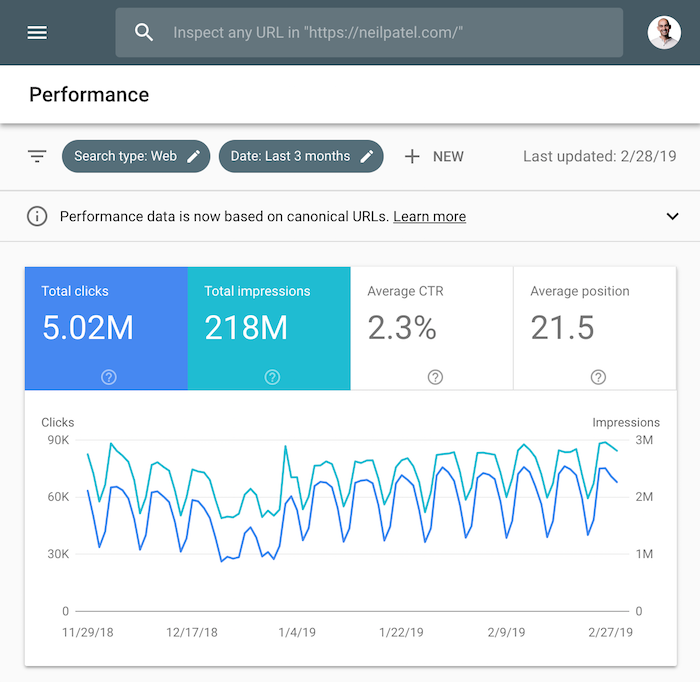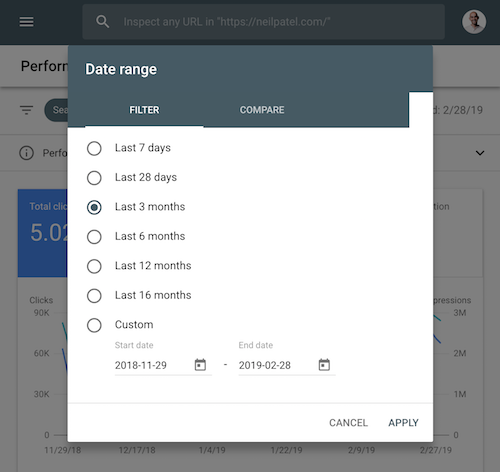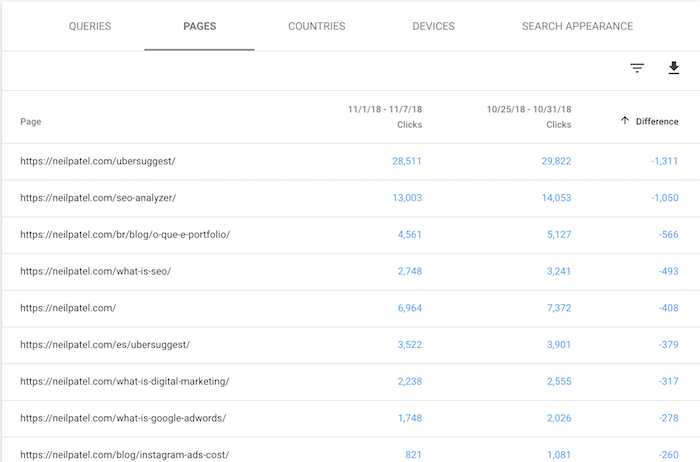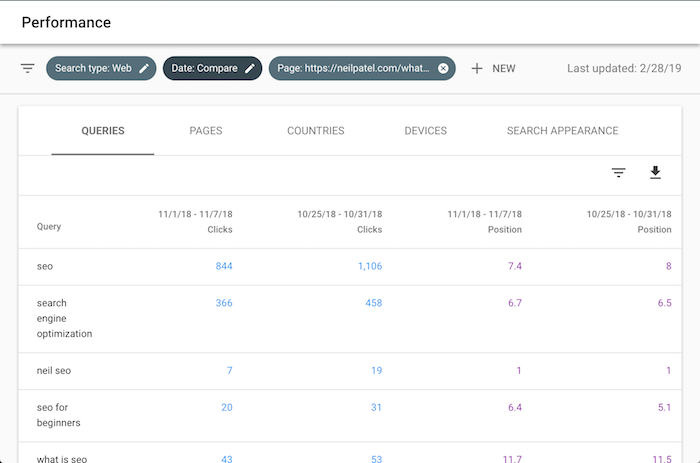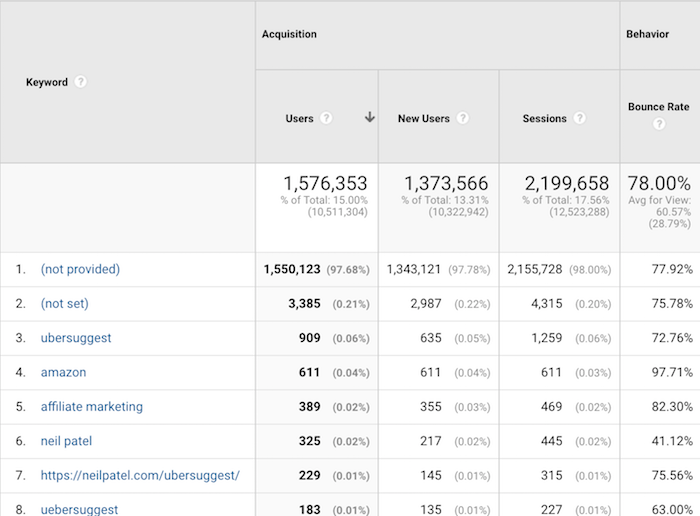
As a child, I did everything that most kids did. I played outside with friends, I watched a lot of TV, I loved eating cereal for breakfast, and I went to school.
My childhood wasn’t too much different than yours. But there was one thing that was a bit unique.
I grew up watching Bloomberg before I went to school.
Now, I don’t want you to think I was some child prodigy because I wasn’t. The only reason I watched Bloomberg in the morning is that my dad dabbled in the stock market and wanted to know if his stocks were going up or down.
Plus, we only had one TV… so I didn’t really have a choice.
But from all of those years of watching Bloomberg, it wasn’t too hard for me to spot trends. And one of the big ones is globalization.
See, as a kid, most of the financial news channels discussed how things were progressing in America.
But now, due to technological advances, companies no longer see themselves as regional or even national. Things like headquarters no longer matter.
Companies look at themselves from a global perspective. And every big company out there has done well because they focus on attracting customers from all over the world as it’s a much bigger pool and opens up more potential revenue.
And it’s not just businesses, it’s people too. When children go to school these days, their parents think about how they are going to stack up against kids in other countries versus kids just from their own classroom.
So, with everyone thinking from a global perspective, why do you think of your SEO from a national or regional perspective?
Don’t beat yourself up just yet, I used to think about SEO from a national perspective until a Google employee opened up my eyes.
And once I cracked the nut of international SEO, my traffic exploded…
So how much traffic do I get?
Here’s how many visitors NeilPatel.com received over the last 7 days.
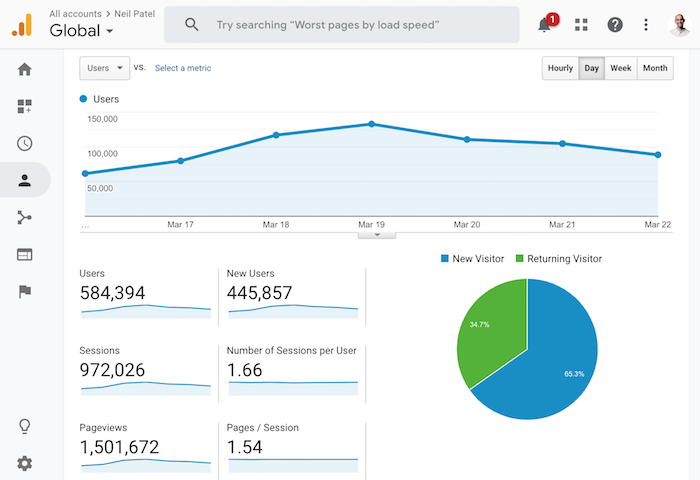
In the last 7 days, there were 972,026 sessions on my site that generated 1,501,672 pageviews. And of those visitors, 584,294 where unique people. Hopefully, you were one of those unique people. 😉
But this is where it gets interesting…

The United States only makes up 22.35% of my traffic.
The rest is coming from other countries and, in many of them, English isn’t their primary language. Just look at the chart above… Brazil, India, Germany, Spain, and France are all examples where I am generated a lot of traffic from.
Of course, there are people all around the world that speak English, but the big reason for the growth is that I started to expand internationally by doing things like translating my content.
Just click on the language selector next to my logo and you’ll see some of the regions I am going after.
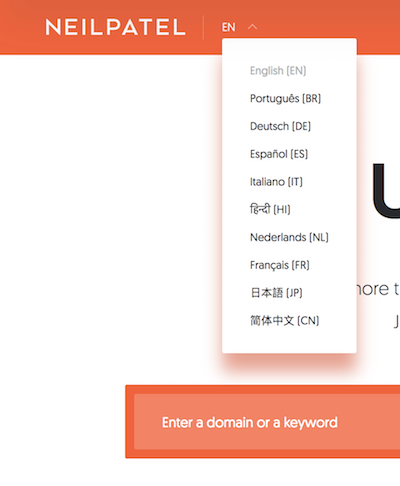
So how does one go after organic traffic from different countries?
The simple answer is to translate your content. If you translate your content into different languages, in theory, you should get more traffic.
Just look at the most popular languages all across the globe:
- Mandarin Chinese (1.1 billion speakers)
- English (983 million speakers)
- Hindi (544 million speakers)
- Spanish (527 million speakers)
- Arabic (422 million speakers)
- Malay (281 million speakers)
- Russian (267 million speakers)
- Bengali (261 million speakers)
- Portuguese (229 million speakers)
- French (229 million speakers)
But what most people won’t tell you (because they haven’t done it enough times) is that translating your content isn’t enough. Even if you translate it and adapt it to a specific country, it doesn’t guarantee success.
I had to learn this the hard way.
Case in point, here are the traffic stats during the last 7 days for the Portuguese version of my blog:

And here are my traffic stats during the last 7 days for Spanish:
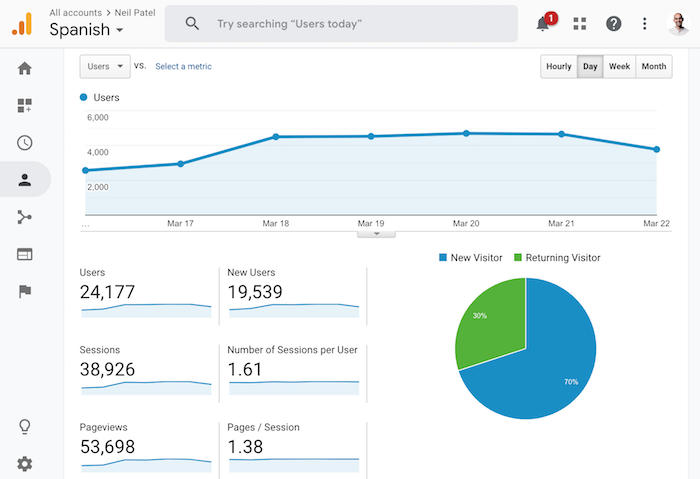
I get a whopping 238% more traffic on the Portuguese version of NeilPatel.com than I do on the Spanish version.
Here’s what’s interesting…
- There are 298 million more Spanish speakers than Portuguese speakers.
- My team doesn’t just translate articles for both of those regions, we optimize them and make sure they are adapted to the local markets.
- We do keyword research to make sure we are going after popular terms.
- And I have more backlinks to the Spanish version of the site than I do to the Portuguese version.
Here’s the backlink profile to the Spanish version:
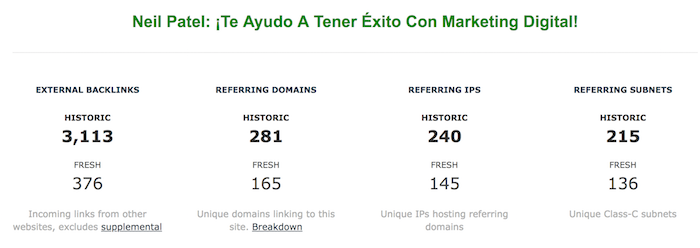
And here is the backlink profile of the Portuguese version:
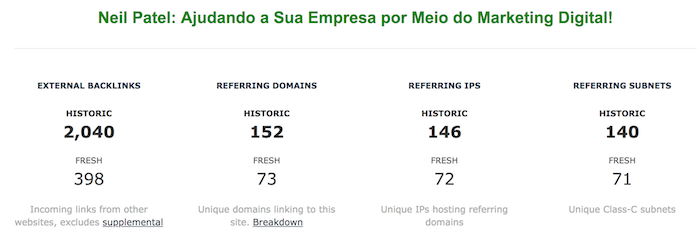
As you can see, the Spanish version has 52% more backlinks.
Are you puzzled why the Spanish version of my blog isn’t as popular? There is a reason and I’ll give you a hint. Here’s a quote from Eric Schmidt who used to be the CEO of Google:
Brands are the solution, not the problem. Brands are how you sort out the cesspool.
Need another hint?
Here’s how many people land on my site from branded queries (people searching for my domain name or variations of it) in Spanish speaking countries:
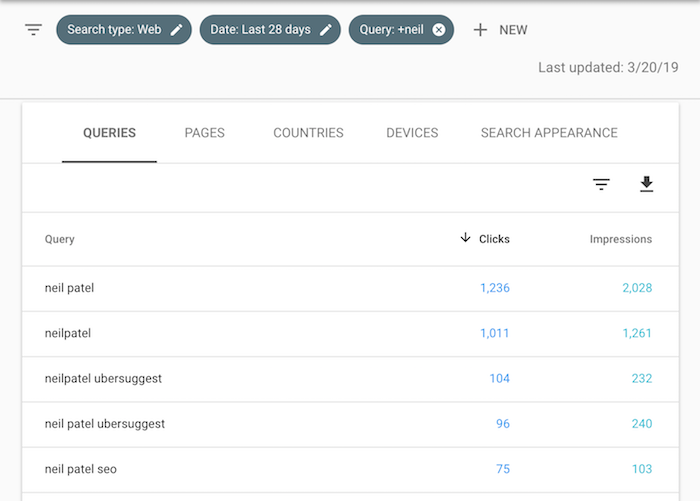
And here’s how many people land on my site from brand queries in Portuguese speaking countries:
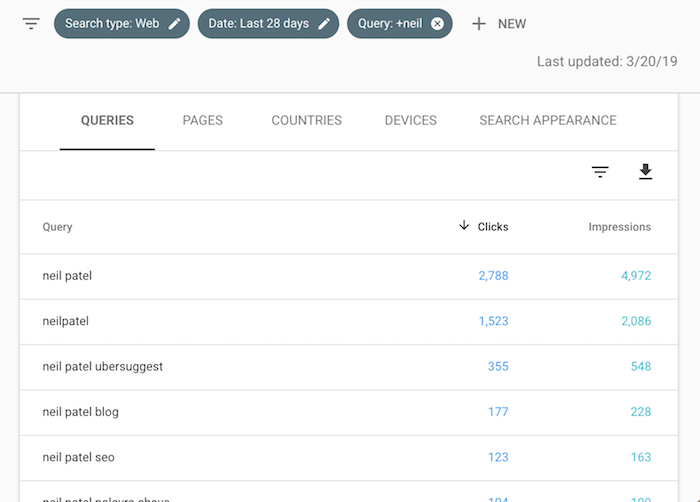
That’s why I get so much more traffic from Portuguese speaking regions like Brazil. I have 104% more brand queries.
It’s something Google values so much that most people ignore.
And it’s not just me. I have analytics access to 18 other companies that have a global strategy due to my ad agency. I obviously can’t share their stats, but it just shows the power of brand queries from a global perspective.
So, what’s the real secret to ranking well globally?
Based on my site and helping 18 other sites go global, I’ve learned what works and what doesn’t. Sadly, I made one too many mistakes, but you won’t as long as you follow the advice below.
Localizing
You have to translate and adjust your content to each region you want to target. You can do so by hiring translators on sites like Upwork, but the quality may be low.
Now, this doesn’t mean Upwork is bad, more so you should consider getting an editor who knows the local market, speaks the local language and speaks English, and understands the niche you are working in.
This way they’ll understand your goals, your original content, and the market you are going after.
And similar to finding translators on Upwork, you can also find editors there too. Just interview a few and ideally look for people with experience in your field.
The last thing you want to do is translate 100 articles to find out that they were all low quality and you have to do it all over again.
Keyword research
Popular keywords in one language aren’t always popular in other languages.
Read this article to get an overview of how I rank for 477,000 keywords. It teaches you the concept of key expansion and it’s important for your translators and editors to understand the process. You’ll want them to use it.
In addition to that, have them use free keyword research tools like Ubersuggest as it will give them more ideas. I would also have them check out this tutorial as it will teach them how to get the most out of Ubersuggest.
By understanding which keywords to go after in new markets, you can start creating new content (beyond just translating) to target keywords that are relevant and have high search volume. By understanding where there are gaps in the quality of the competition’s posts, you’ll be able to produce new, high-quality content that can rank quickly.
The article on my Portuguese blog, for example, that gets the most organic traffic from Google is an article that only exists in Brazil. We found a keyword to go after that had low competition but high search volume and were able to rank very quickly for it. In the last 30 days, that article has had 17,197 visits.
Build links
Building links in English may be hard, but internationally it’s easy.
No one really sends those cold outreach emails begging for links, so when you do this for countries like Brazil, you’ll find that it is fishing with dynamite.
Again, you’ll want someone who knows the language to do the outreach… this can be your editor or someone you hire from Upwork.
Once you have the person who is going to be in charge of your link building, have them start with this. It will break down what they need to do step-by-step.
Make sure you let them know to avoid spam sites, paying for links, and even building rich anchor text links.
Remember in these markets SEO isn’t as competitive, so it won’t be too hard to get rankings.
Hreflang
Google doesn’t penalize for duplicate content… especially when it is in a different language.
If you translate your content, it isn’t as simple as popping it up on landing pages. You have to tell Google which version to show for each country/language. You would use hreflang for that.
Here’s a video that explains how it works:
And here is a tool that’ll help you generate the hreflang code needed for your site.
Subdomains over subdirectories
On NeilPatel.com, you’ll notice that I use subdirectories for each language/country over subdomains.
They say subdirectories are better because more authority and juice flows through your site versus using subdomains.
But here’s what I learned the hard way, you are much better off using subdomains from everything that I tested than subdirectories.
Not only is it easier to rank as it is treated as a separate site, but it ranks faster from my experience. And if you don’t mind spending the extra money, I would even consider registering the international variation of each domain and forwarding it to the respective subdomain.
Browser redirects
Similar to how Google Analytics shows you the browsers people are using and countries and languages people come to your site from… your server is also getting that data.
What you’ll want to do is redirect users once you’ve translated your content and set up your hreflang tags.
For example, if you were to visit this site form Brazil and your browser told us that your preferred language is Portuguese, we would automatically forward you to the Portuguese version of the site. Not just to the homepage, but to the correct page you were originally browsing, just the translated version.
Now if you were visiting this blog from India and your browser stated that your preferred language was English, we wouldn’t forward you to the Hindi version of the blog. We would keep you on the English version as that’s what you prefer.
If you don’t forward people, you’ll find that it takes search engines much longer to realize that they should be ranking the language and country-specific sections of your site instead of the English version.
Build a community
As I mentioned above, international SEO isn’t just about backlinks or content, it’s about building a brand.
I pay in each country to respond to my blog comments as I don’t speak Spanish and Portuguese so I can’t personally respond to them.
I show them how I respond to comments in English so they can replicate me.
I also spend money on boosting posts on Facebook within those regions as it helps me attract new potential readers and get my brand out there.
And most importantly, I hire people on the ground in each country to help build up my brand. That’s why I do so well in places like Brazil over the Spanish market.
I have more people on the ground in Brazil focusing on brand building. From attending conferences to representing my brand on webinars… they put in the effort to truly help people out when it comes to anything marketing related.
That’s how you build a brand. Just look at my Instagram channel, the content is in English, but a lot of my followers are from Brazil due to the localized brand building efforts.
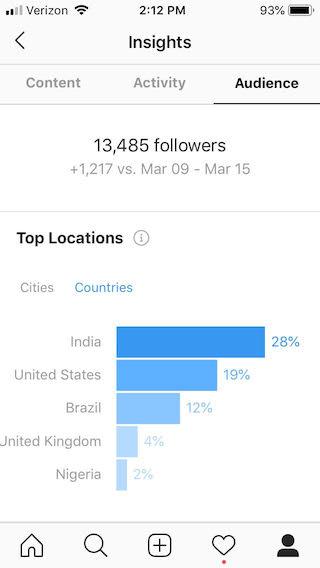
AMP
Do you remember Accelerated Mobile Pages (AMP)? No one talks about AMP anymore, but it does help increase traffic.
What we’ve found through testing is that in regions like the United States, AMP doesn’t do much, if anything, for your traffic.
But for regions like Brazil and India, where their infrastructure is still developing, we found that leveraging AMP boosts mobile search traffic by anywhere from 9 to 32%.
If you don’t want to use AMP that’s fine too. Just make sure you optimize your load speed times. Not only does it boost traffic, but it also boosts conversions.
Time
Similar to how it takes forever for you to get Google rankings in English speaking markets, it does take time internationally. Typically, not as long as it does for the United States or United Kingdom markets, but it does take time.
Typically, if you are doing everything above, you’ll see some results within 3 months. Things will really take off at the 9-month mark and after a year you should be crushing it.
Now as your traffic and rankings go up, this doesn’t mean you should slow down. Just like how you can lose rankings on your English site, the same can easily happen for any other region.
What countries should I target first?
You got everything done when it comes to international SEO… all that’s left is tackling the right regions.
It would be great to go after every language and country at once, but it’s going to be too resource intensive and costly.
You could try tactics like automatically translating your content through machine learning, but the translations won’t be great and your user metrics such as bounce rates will go through the roof. This typically will lead your whole site’s rankings to tank.
You don’t want to do that.
Another approach people take is to go after the markets with the highest GDP… such as the USA, China, Japan, UK, Germany, etc…
But going after markets that have money doesn’t guarantee success either because culturally each region is different. Some may not care for your products or services.
What I like doing is to look at your Google Analytics and see where your traffic is coming from. Are you getting traffic from countries where English isn’t their main language? And, if so, are people from those countries buying your products and services?
If they are, now you have a list of potential countries to go after.
Then what you’ll want to do is look at your competition and see if they are going after any regions by translating their sites. Chances are if a region that isn’t predominantly English speaking is driving you sales, and your competitor is translating their content for that region, then you should be going after it as well.
Conclusion
SEO is no longer about ranking your site in one country or even just English-speaking countries.
You have no choice but to think of it from a global perspective. Not only is it more affordable, but there is less competition and you can see results faster.
Sure, the total market of some of these international countries may only be a fraction of the United States, but there won’t be much competition, which means you can gobble up the market share.
So what countries are you focused on with your SEO?
The post How to Create a Global SEO Strategy appeared first on Neil Patel.
